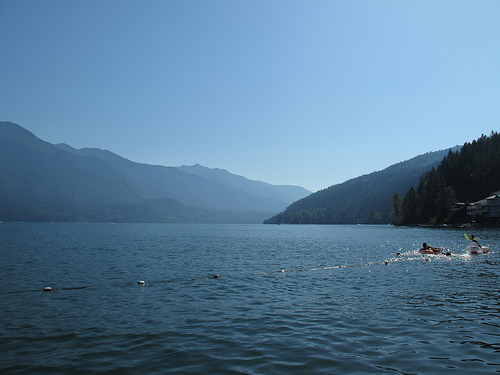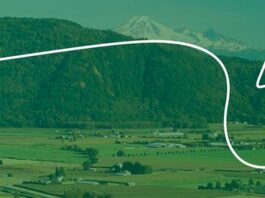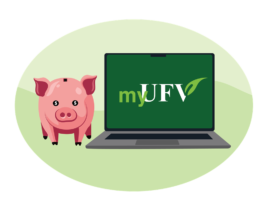By Sasha Moedt (The Cascade) – Email
Print Edition: December 6, 2011
The final lecture in the Geography department’s fall 2011 Discoveries Seminar Series took place this past Thursday. Dr. Dan Selbie of the Cultus Lake Salmon Research Laboratory Adjunct Faculty was featured in the lecture, speaking about his research for Department of Fisheries and Oceans.
Dr. Dan Selbie, a new faculty member in this department, was recently made head of the Cultus Lake Laboratory program at Cultus Lake. He is presently researching regulatory mechanisms of productive capacity in sockeye salmon nursery ecosystems, impacts and interactions of climate change on sockeye salmon and nursery habitat, exogenous forcing mechanisms responsible for long-term Pacific salmon production dynamics and ecosystem interactions – as well as mechanisms of heterogeneity in northern climate warming trends.
To carry out his research, Dr. Selbie’s program utilizes monitoring, targeted ecosystem experiments and studies, long-term ecological research, and paleoecology.
The Cultus Lake Laboratory is a Fisheries and Oceans Canada facility located in Chilliwack, where they make use of the nearby Cultus Lake water. The facility contains several laboratories, including an inorganic chemistry laboratory and a radioisotope laboratory, as well as artificial ponds, streams and an experimental hatchery.
Dr. Selbie gave a comprehensive lecture on the long-term perspectives on salmon production variability and nursery ecosystem dynamics in pacific North America. His lecture was primarily based around the sockeye, a dominant Pacific breed we harvest. Selbie looked at the stressors of variability – with both natural and human-induced changing. Dr. Selbie discussed paleolimnology, which is essentially the study of lake history through the analysis of material archived in lake sediments.
Using this technique, scientists are able to determine salmon run numbers (how many salmon returned home to spawn) by detecting deposits of the stable nitrogen called N15. Sediment rich in N15 indicates a large return of salmon, as the dead salmon act as a nutrient and fertilizer for the lake, depositing N15 into the sediment. Salmon have high levels of N15 because they put on most of their weight in the ocean; by measuring levels of N15 in the lake sediments, scientists can determine the population of the return.
Dr. Selbie discussed the decline of the sockeye, what controls populations and productivity, as well as the fluctuation in run returns, and the what long term perspectives are for the control of population – natural and man-caused climate change, dams, fishing, and so forth. Salmon are environment stimulators and regulators; their role is vital in nursery lakes for maintaining biodiversity.
Currently, there are 11 Department of Fisheries and Oceans employees at the Cultus Lake Laboratory. Other DFO staff, graduate students and university researchers are also able to make use of the site for various projects. Attendees were also told how UFV graduates from the geography program could get into this field: looking at local, on-the-ground projects, data analysis and watershed studies, and other research opportunities and programs.
The Discoveries Seminar Series consisted of five lectures, taking place throughout the semester. Other speakers included Dr. Lenore Newman, Sarah Howie, Dr. Tom Forge and Dr. Bernhard Peucker-Ehrenbrink. Each of them spoke on a variety of department-related topics.




